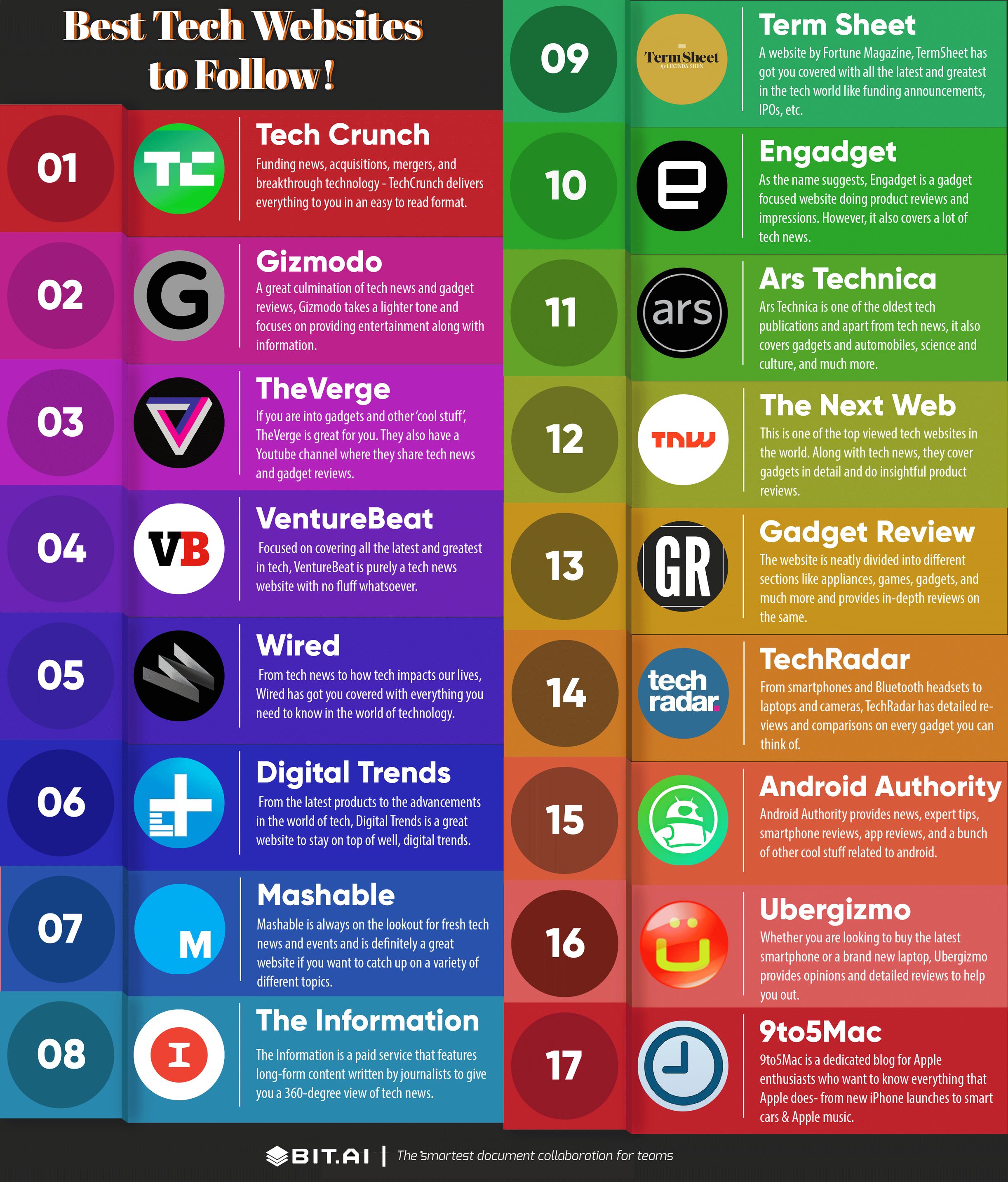Reveal Hidden Treasures in the Industry with the Best tech blog Referrals
Reveal Hidden Treasures in the Industry with the Best tech blog Referrals
Blog Article
Understanding the Surge of Side Computing in Today's Digital World
In the rapidly developing landscape of innovation, edge computing arises as a critical pressure, improving exactly how information is refined and used. This standard shift is driven by the expansion of IoT devices and a rising need for instantaneous information handling. By transitioning data management closer to the source, side computing addresses critical latency issues while maximizing transmission capacity use and boosting security procedures. As markets pivot towards smarter, extra effective systems, comprehending the subtleties and implications of this technical improvement ends up being crucial. What does this mean for future developments and the electronic community as a whole?
What Is Side Computer
Edge computing, although a fairly current innovation in the realm of modern technology, fundamentally transforms exactly how information is processed and handled by bringing computation and data storage closer to the area where it is required. Unlike typical cloud computing models, which usually count on centralized information facilities that can be geographically far-off, edge computing decentralizes information handling. This closeness reduces latency, boosts real-time data handling, and boosts the total user experience by guaranteeing quicker reaction times.
At its core, side computing entails a network of localized gadgets and facilities, such as entrances, routers, and sensors, qualified of refining data at or near the resource. This localized processing capability is specifically critical for applications needing instant information analysis, such as autonomous vehicles, industrial automation, and clever cities. Additionally, by offloading information processing tasks from central servers, side computing reduces bandwidth requirements and enhances information privacy and safety, as delicate information can stay on-site instead of passing through extensive networks.

Secret Motorists of Fostering
A number of aspects are moving the fostering of side computer in today's electronic landscape. Among the primary vehicle drivers is the rapid rise in connected tools, commonly referred to as the Web of Points (IoT) This surge produces huge quantities of data that need to be processed promptly and efficiently. Edge calculating addresses this need by making it possible for information processing closer to the data resource, reducing latency and boosting real-time decision-making capacities.
One more substantial chauffeur is the need for enhanced data transfer effectiveness. Central cloud systems can end up being overloaded with the large quantity of information created by IoT gadgets, resulting in traffic jams (Best tech blog). By processing information at the edge, organizations can reduce network congestion and boost general system efficiency
In addition, safety and privacy concerns are pushing companies toward side computing. By processing delicate information locally, business can minimize threats linked with information transmission and exposure to prospective cyber risks.
The rise of applications requiring real-time handling, such as self-governing automobiles and increased truth, additionally necessitates the quick action times that edge calculating provides. Jointly, these drivers are making side computing an indispensable part of contemporary IT infrastructure, leading the way for its widespread adoption throughout various sectors.
Benefits Over Cloud Computer
Exactly how does edge computer identify itself from conventional cloud computer? Largely, edge computing brings data handling closer to the source of data generation, often on local devices or close-by web servers, instead than counting on centralized information.
Furthermore, edge computer boosts transmission capacity efficiency (Best tech blog). By processing information in your area, only the essential data is transmitted to the cloud for further analysis or storage, minimizing the quantity of data that goes across the network. This not just reduces network congestion but additionally lowers information transmission expenses
Side computing likewise offers enhanced data privacy and safety and security. Delicate information can be refined locally without being sent to the cloud, decreasing the direct exposure to possible cyber hazards. This is specifically valuable for industries taking care of secret information, such as healthcare and financial solutions.
In addition, edge computing makes sure greater resilience and integrity. Local handling permits continued operation also when connectivity to the cloud is endangered, preserving vital functions and solutions regardless of prospective network interruptions. These benefits collectively show edge computing's transformative capacity in optimizing performance and safety and security in electronic environments.
Considerations and challenges
While side computing offers various benefits, it likewise presents distinct challenges and considerations that must be resolved to totally recognize its potential. One considerable obstacle is data safety and security and personal privacy. Processing information more detailed to the resource increases the danger of unauthorized gain access to, necessitating robust file encryption and rigorous security protocols to secure sensitive information. In addition, handling and monitoring a decentralized network of side devices can be complicated, calling for innovative devices and approaches to ensure smooth procedure and upkeep.
Another consideration is the scalability of side computer services. As the variety of linked tools expands, so does the need for refining power at the side, which can cause resource restrictions. Organizations must meticulously plan their infrastructure to fit this development without jeopardizing efficiency or performance.
Interoperability is another crucial variable. With various software and hardware elements involved, making sure find more information compatibility and seamless integration can be tough. Standardization efforts are necessary to promote interaction between diverse systems.
Future Patterns in Side Computer
Preparing for the future, edge computer is positioned to reinvent numerous find more markets by making it possible for much faster data processing and minimizing latency. As the volume of information created by IoT gadgets continues to expand, edge computer will become significantly vital in handling this increase successfully. One considerable fad is the combination of expert system at the edge, permitting for real-time analytics and decision-making without depending on cloud-based resources. This change is anticipated to enhance applications in self-governing vehicles, smart cities, and healthcare, where immediate data processing is important.
An additional emerging pattern is the advancement of edge-native applications developed particularly to leverage the unique capacities of side computer. These applications will certainly enhance efficiency and resource use, causing raised efficiency throughout different markets. Moreover, developments in 5G modern technology will further reinforce side computing by giving the needed infrastructure for high-speed, low-latency interaction in between devices and edge nodes.
Verdict
Side computer's increase is driven by the expansion of IoT tools and the requirement for real-time information processing, which improves performance by reducing latency and decentralizing information administration. This strategy mitigates data transfer ineffectiveness and safety and security problems, promoting advancements in applications like smart cities and autonomous vehicles. Regardless of difficulties such as facilities intricacy and assimilation, the future of side computer guarantees a much more responsive electronic ecosystem, with continued innovations forming its evolution and increasing its applicability throughout industries.
Edge computing, although a reasonably current improvement in the world of innovation, fundamentally transforms how information is refined and taken care of by bringing calculation and data storage space closer to the area where it is required. Unlike standard cloud computer versions, which typically depend on central data centers that can be geographically far-off, edge computing decentralizes information handling. In addition, by offloading information handling tasks from central servers, edge computing reduces bandwidth requirements and enhances data personal privacy and protection, as delicate information can remain on-site rather than traversing extensive networks.

Report this page